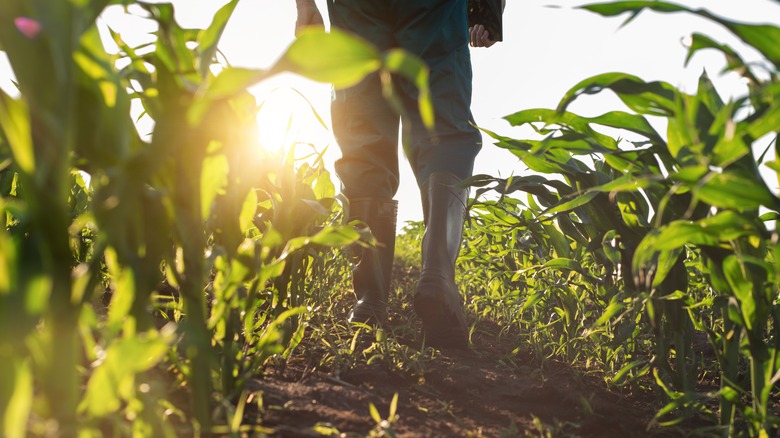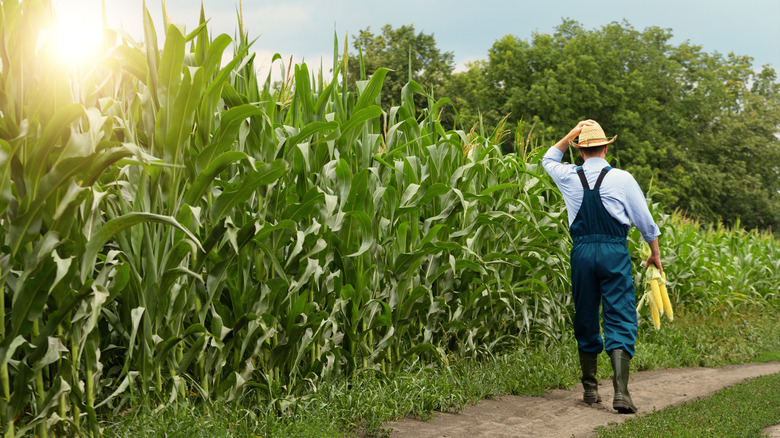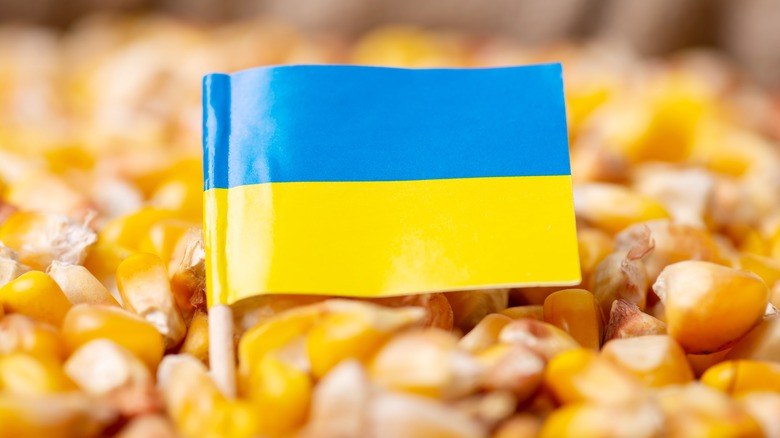Ukraine's Corn Harvest Begins Amid Lower Yield Predictions
Ukraine's agricultural land and fertile soil are so integral in feeding the world that it has been dubbed the "breadbasket of Europe." The county has the potential to feed roughly 400 million people annually, according to US News & World Report. As a result, global organizations rely heavily on Ukraine to provide for their people, an example being the UN's World Food Programme, which gets an estimated 40% of its wheat from the country (Our World in Data). The global dependence on Ukraine means Russian attacks significantly impact the world's food security.
US News writes that Ukrainian agricultural exports have taken a hard hit since Russia began its invasion in February 2022. The fighting shuttered many Ukrainian ports, forcing grain producers to leave their yields unused. UN Secretary-General António Guterres expressed his concerns in a statement: "These products are desperately needed to address the global food crisis and ease the suffering of millions of people in need around the globe" (via United Nations). On September 23, 2022, the Ukrainian ministry of agriculture announced that it had begun harvesting its corn crops with mixed results, reports Reuters.
Ukraine's significant dip in corn production
According to Reuters, the Ukrainian ministry of agriculture's announcement revealed alarmingly low projections for the country's yields. While any harvest yield during wartime may seem like cause for celebration, the predicted low corn yield has many worried. The ministry expects the country's corn production to fall by nearly 50%. In 2021, Ukraine produced 42.1 million tonnes of corn. In contrast, the projections for 2022's corn yield are 25 to 27 million tonnes.
Corn is one of Ukraine's grain exports upon which much of the world relies. In 2021, Ukraine ranked fourth as a global corn exporter and was responsible for 12% of the world's corn exports. Its leading importers were China, the European Union, and Egypt, followed by Turkey and Iran, reports World Economic Forum. Vox Eu explains that the low corn yield sends reverberations throughout global meat and dairy industries since three-quarters of Ukraine's corn exports are used as livestock feed.
The drop in Ukraine's corn production aligns with a widespread trend of fewer grain yields resulting from the Russian invasion, explains Reuters. The year 2021 saw 86 million tonnes of grains harvested in Ukraine. In contrast, 2022's total grain output is predicted to be around 50 million tonnes.
Blocked Black Sea ports bring financial losses
This dip in grain production, in part, is because roughly one-third of Ukrainian farmers will not partake in the 2022/23 growing year due to a lack of funds, says Reuters. Vox Eu estimates that between March and May of 2022, the Ukrainian agricultural industry lost upwards of $200 million daily.
Eighty percent of Ukraine's agricultural land is not in a war zone. Yet, the blocked ports still make it nearly impossible to export goods, writes BBC. Before the war, the country's Black Sea ports oversaw 89% of the country's grain exports (via Vox Eu). Now, Ukraine relies on railways to export grain. However, that transportation modality is slower and more expensive.
In May 2022, Ukrainians had produced 20 million tonnes of grain that they could not export due to Russian blockades, reports BBC. "Since the invasion, we haven't been able to sell any grain at all. The price here is now half what it was before the war," explains the Ukrainian farmer Nadiya Stetsiuk, who lives in the Cherkasy region. "There might be a food crisis in Europe and the world but it's gridlock here because we can't get this food out," she told the outlet. Once the conflict ends, recovery to pre-war production levels will be slow. Ukraine has defended its shoreline with mines and sunken ships, which must be cleared to restart exports at pre-invasion levels.


